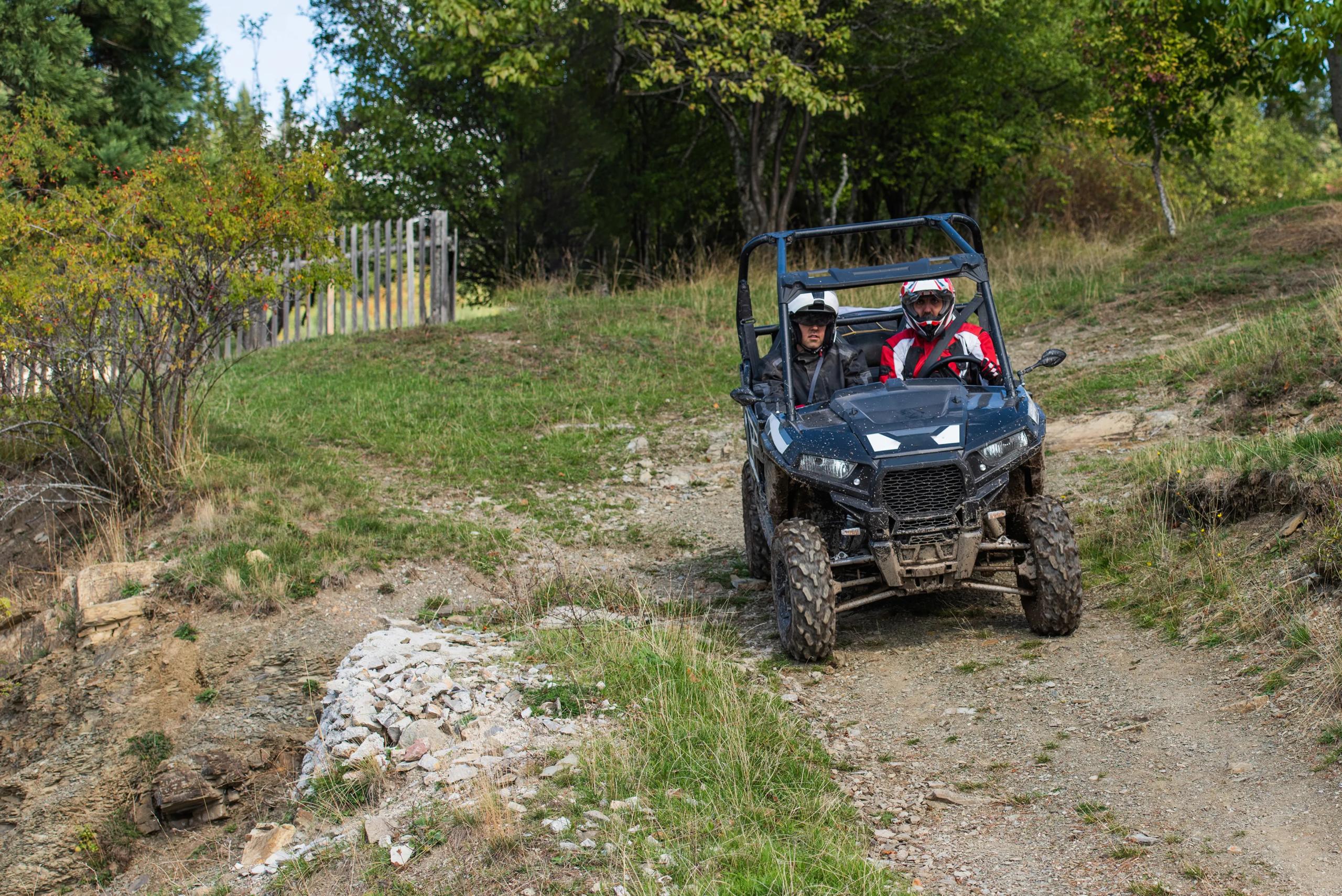Wearing safety gear does not have to interfere with your ability to have fun and participate in the best experiences. You are sure to still have a heart-pounding experience; ATV safety gear just helps ensure you are less likely to suffer serious injuries. Keep reading for more from a West Palm Beach personal injury lawyer.

What type of ATV safety gear do you need?
The right gear for you or your youth ATV driver is not something to overlook. Here are some of the most important components of your safety gear that will keep you protected no matter the road conditions.
Helmet
This is simply the most important part of your protective gear. It does not take a lot to be thrown from an ATV, and if that happens, it could cause you to strike your head on a tree, pavement, or anything else in the way. Helmets save lives and minimize the risk of catastrophic injuries, including traumatic brain injuries. Choose a well-fitting, appropriately sized helmet for the best results.
Eye protection
Eye protection is sometimes included with the helmet, but not always. Wearing safety goggles that strap into place is the best route to minimizing damage to the eyes. Since the ATV tracks are often full of dirt and sand, it is very common for small particles to get into your eyes. These can cause scratches to the cornea, and the lens in your eye, which do not always heal. This can, in many cases, lead to damaged vision.
Arm and leg protection
Moving through trees and brush isn’t always advisable, but even on an open path, protecting your skin, especially on your arms and legs, is very important. Debris can fly up off the surface of the trail, striking your legs at a very high rate of speed. As that happens, it can cause significant damage to your skin.
Second, if you should fall off the ATV while it is moving, long paths and shirts help to minimize road rash, one of the most painful parts of falling. Road rash can tear apart your skin, leaving it with thousands of embedded particles and often increasing the risk of infection.
Proper shoes
The shoes on your feet should be well-fitting, and whenever possible, they should be boots that extend above the ankle. This provides the best level of safety protection for your feet on the ATV. You do not want any type of shoe that has a slipper bottom, though. As you drive through wet terrain, it is critical to ensure your feet stay in place so you always have good control and grip.
All that gear is hot and uncomfortable – Do I really have to wear it?
There are a lot of complaints about wearing protective gear on an ATV. Yet, not doing so is worrisome. ATV safety gear can protect lives, especially for those who are just learning the ropes and may not yet have the skill to avoid being thrown from the back of the ATV.
Additionally, your off-road safety gear needs to be worn by all adults and kids. If you are inviting friends over to your home to enjoy some ATV experiences, it can be a whole lot of fun, but if one of them falls and suffers an injury, you could be responsible for that risk. Any Florida ATV accident lawyer will encourage you to provide your riders with the proper ATV safety gear to minimize such risks.
Instead, dress for the weather. Follow these tips:
- Wear layers that can be removed without removing the protection on the arms and legs.
- A good-fitting helmet should be comfortable. It should not cause discomfort even if wearing it for a long time.
- Consider wearing a kidney belt or back protector. These can help to minimize risks to the back muscles on longer rides.
Make sure you put in place safety rules, too, such as minimizing the number of riders on the ATV, ensuring an adult is always around, and ensuring the ATV is being used as the manufacturer expected it to be.
Hurt in an ATV accident? We can help.
Even with ATV safety gear, accidents can happen. When that occurs, it puts you at risk of serious injury. If you have been the victim due to the negligence of another, contact the team at Lytal, Reiter, Smith, Ivey & Fronrath at (561) 655-1990. Let us provide you with the guidance you need.



